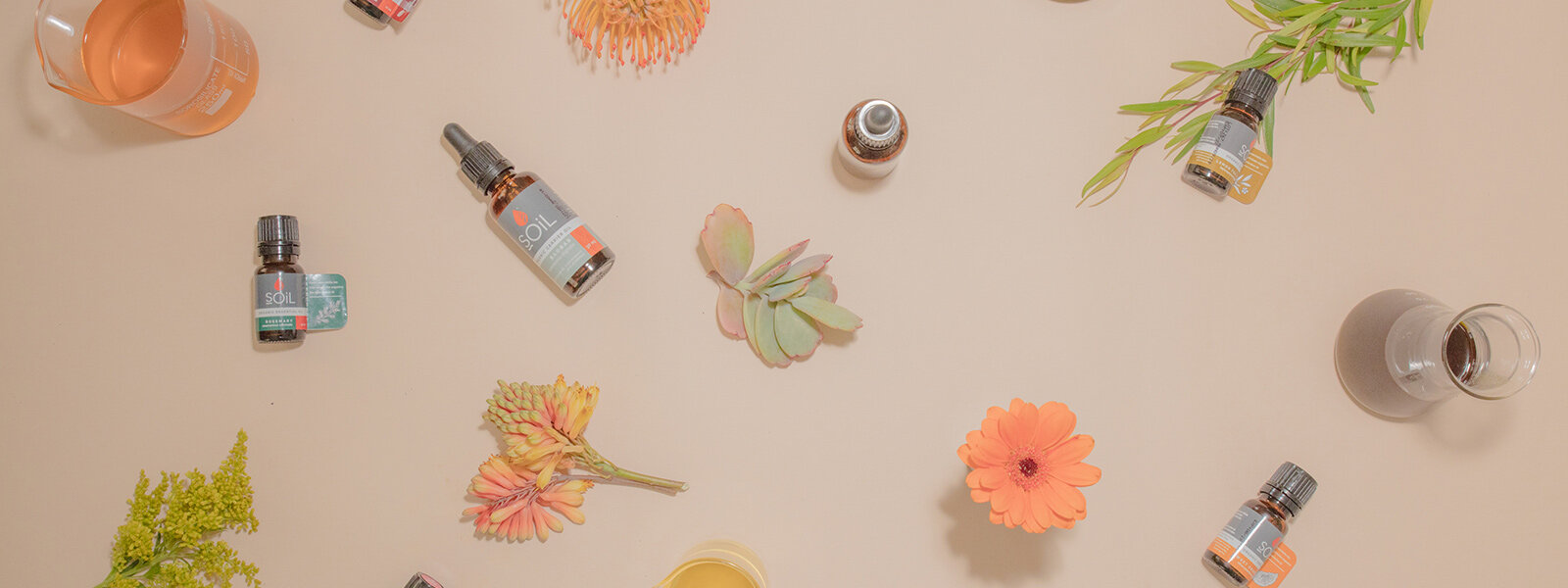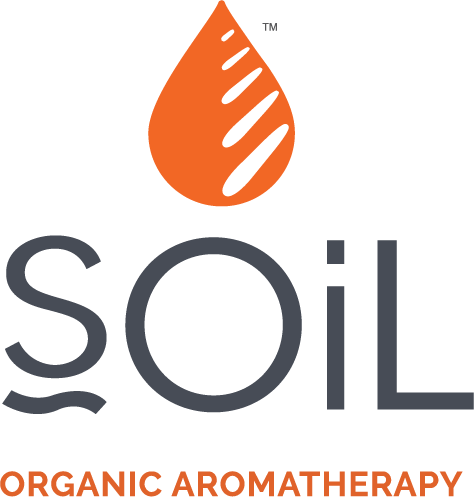
Selecting essential oils
There are many producers of essential oils worldwide and many synthetic aromatic oils, posing as essential oils. The word Lavender, when written on a product label, can mean a smell or a colour. The scent of lavender can be recreated in a laboratory and it is this synthetic lavender smell that is used in perfumery and many commercial skin care and household products. The scent may be similar but the oil does not contain the therapeutic properties that the species lavender (Lavandula angustifolia) contains. This is why we always write the plant species on our essential oil bottles. When we grow a species for its oil or select an essential oil from a distiller, we look at many aspects of the oil to ensure its quality and adherence to international standards in therapeutic grade essential oils.
-
Bio-type
An essential oil must come from a defined botanical species as well as a particular genetic strain, e.g. M. alternifolia.
-
Chemo-type
The same botanical species can often produce completely different chemical constituents in its essential oil. For example, there are 6 different chemotypes of Thymus vulgaris. The two most common chemotypes, c.t.Thymol, are located close to the Mediterranean sea at low altitude, whereas Thymus vulgaris c.t. linalool, prefers the sun and south exposed slopes. C.t. Thymol (the chemo-type we sell) has excellent bronchopulmonary properties and is ideal for treating colds, coughs, sore throats, bronchitis, whooping cough and asthma.
-
Geo-type
As a result of environmental factors, sometimes a particular area will produce a superior quality of oil. The oil is then known by the area it comes from e.g. Rose Oil, Bulgarian.
-
Complete or Whole
The oil should be from a single distillation and should not be rectified (the distilling of an oil a second time to remove unwanted constituents). In some cases this is acceptable. E.g. Bergamot is rectified to remove its bergaptene and make it Non-phototoxic). We ensure that we indicate this on the product.
-
Analysis
We ensure all of our oils have been tested using gas chromatography to analyse its chemical constituents. This way, we can ensure that an oil conforms to the agreed international standards in therapeutic grade essential oils.
-
Find the right oil for you
Use our Wellness guide below to match your symptoms to the ideal essential oil.

Essential Oils Wellness Guide
Follow these simple steps to find your ideal solution
